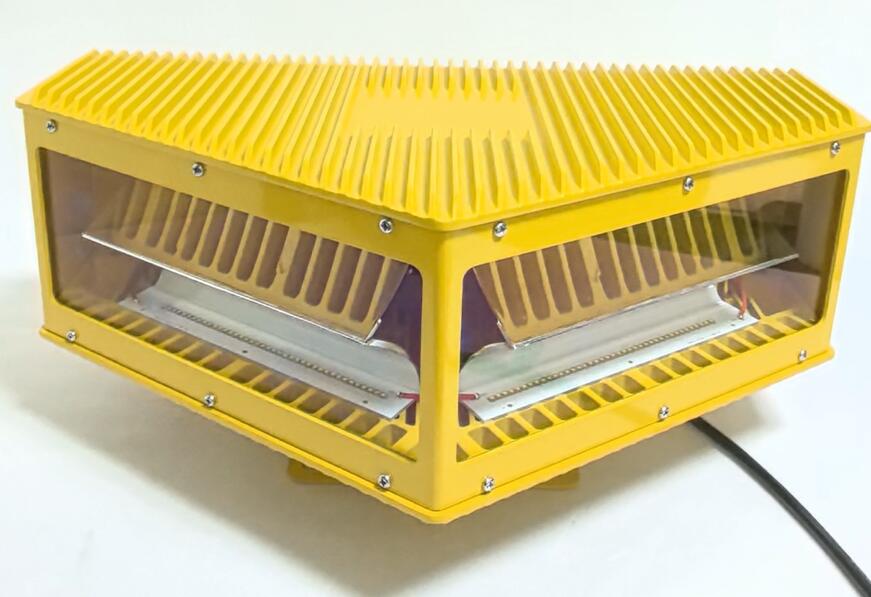Aircraft Obstruction Lights: Safeguarding Skies in the Modern Aviation Era
In an age of rapidly expanding urban landscapes and increasing air traffic, aircraft obstruction lights have become indispensable guardians of aerial safety. These specialized lighting systems mark tall structures that could endanger aircraft, providing critical visual cues to pilots navigating complex airspaces. This article examines the evolving role of obstruction lighting , current technological standards, and emerging innovations that are reshaping aviation safety protocols.
The Critical Role of Aircraft Obstruction Lights
Modern infrastructure development has introduced new challenges for aviation safety. Skyscrapers, wind turbines, and telecommunication towers now dominate skylines, creating potential collision risks for both manned and unmanned aircraft. Aircraft obstruction lights serve three primary safety functions:
Hazard Identification - Making structures visible up to several nautical miles away
Collision Prevention - Allowing pilots to adjust flight paths in real-time
Regulatory Compliance - Meeting international aviation safety mandates

Classification Systems for Obstruction Lighting
The International Civil Aviation Organization (ICAO) categorizes obstruction lights based on intensity and application:
1. Low-Intensity Type A (L-810)
Red steady-burning lights
For structures below 45 meters (148 feet)
Commonly used on buildings, cranes, and power lines
| Aircraft obstruction lights |
2. Medium-Intensity Type B (L-864)
Red or white flashing lights
For structures 45-150 meters (492 feet)
Standard for telecom towers and wind farms
3. High-Intensity Type C (L-865)
White strobe lights
For structures exceeding 150 meters
| Aircraft obstruction light |
Essential for skyscrapers and tall industrial chimneys
Global Regulatory Framework
Aviation authorities worldwide maintain strict standards for obstruction lighting:
ICAO Annex 14 - Establishes international specifications
FAA AC 70/7460-1L - U.S. implementation guidelines
EASA CS-ADR-DSN - European safety directives
Key compliance requirements include:
Minimum light intensity thresholds
Specific flash patterns and synchronization
Vertical spacing of light fixtures
Weather resistance certifications
Technological Advancements in Obstruction Lighting
Modern aircraft obstruction lights incorporate several innovative features:
1. Advanced LED Systems
80% more energy efficient than incandescent alternatives
50,000+ hour lifespan with minimal maintenance
Instant full-intensity illumination
2. Smart Control Systems
Automatic brightness adjustment based on ambient conditions
Remote monitoring and diagnostics
Predictive maintenance capabilities
3. Sustainable Power Solutions
Solar-hybrid power systems
Battery backup with extended runtime
Energy harvesting technologies
4. Enhanced Visibility Features
Multi-directional light distribution
Anti-glare lens technology
Radar-enhanced lighting systems
Specialized Applications
Beyond traditional aviation, obstruction lights now serve:
Urban Air Mobility - Protecting vertiports and drone corridors
Offshore Wind Farms - Marking turbine arrays for marine and air traffic
Military Installations - Securing sensitive airspace zones
Temporary Structures - Construction cranes and event installations
Future Trends in Obstruction Lighting
The next generation of aircraft obstruction lights will likely feature:
AI-Powered Predictive Systems - Anticipating and responding to air traffic patterns
Integrated Drone Detection - Automatic alert systems for UAV traffic
Augmented Reality Markers - Virtual obstruction indicators for pilot displays
Self-Powered Wireless Units - Eliminating wiring and grid dependencies
As global infrastructure continues its upward trajectory, aircraft obstruction lights remain a fundamental component of aviation safety systems. The transition to LED technology, coupled with smart monitoring capabilities, has created more reliable and efficient lighting solutions. Looking ahead, the integration of advanced sensors and predictive technologies promises to further enhance their protective function.
Aviation authorities, urban planners, and infrastructure developers must collaborate to ensure these critical safety systems keep pace with technological advancements and changing airspace demands. By maintaining rigorous standards and embracing innovation, the aviation industry can continue to safeguard lives while accommodating growth in both manned and unmanned aerial operations.
